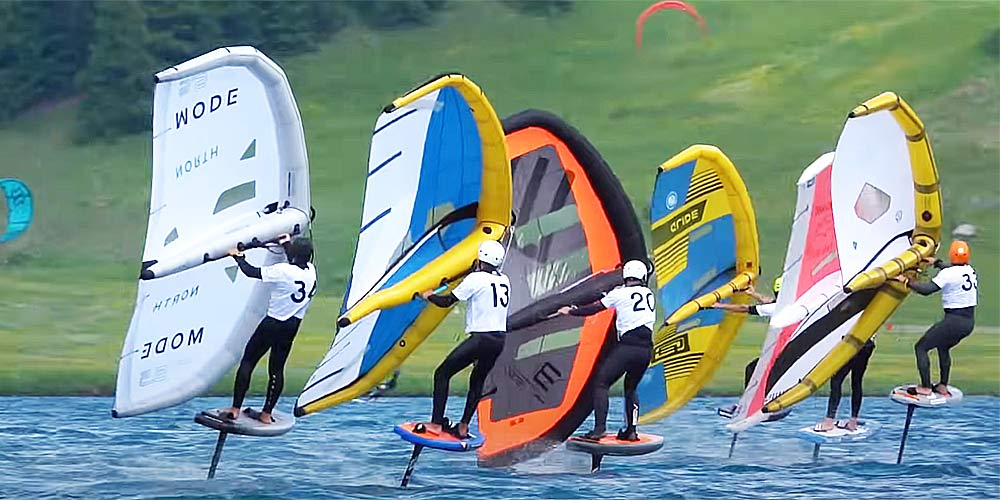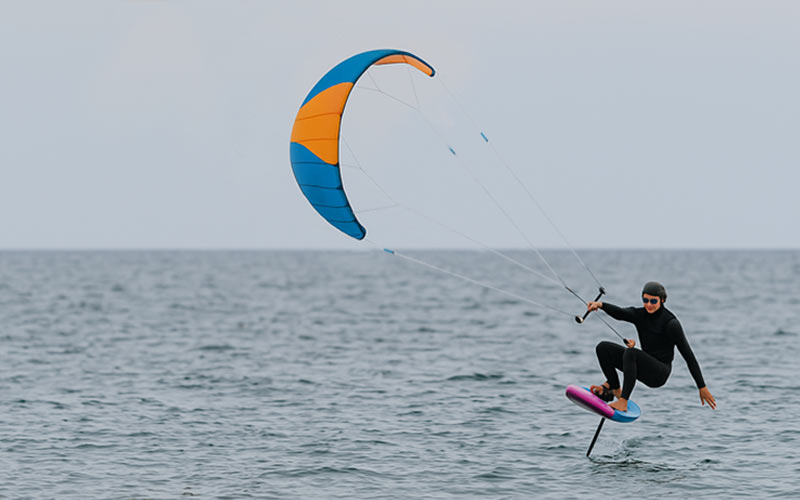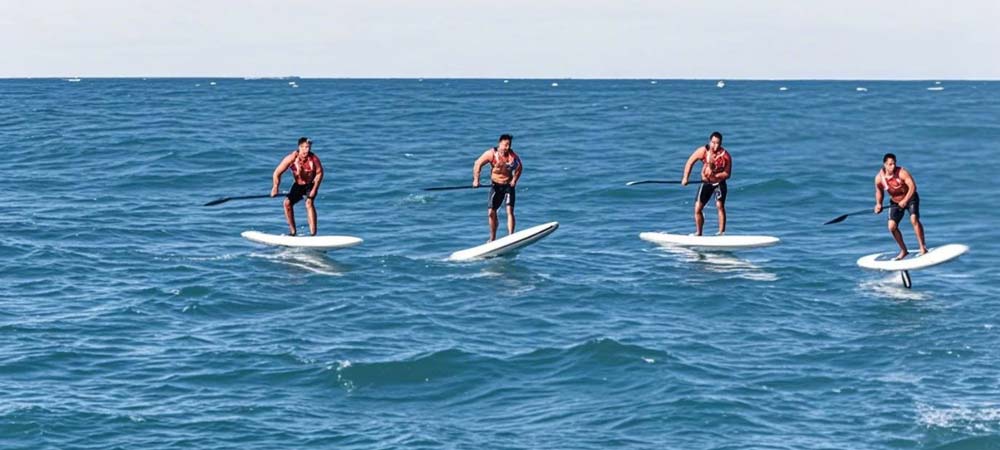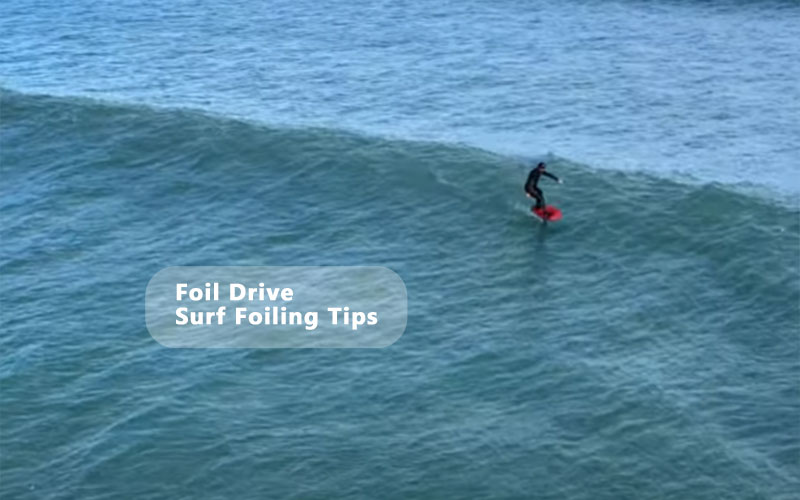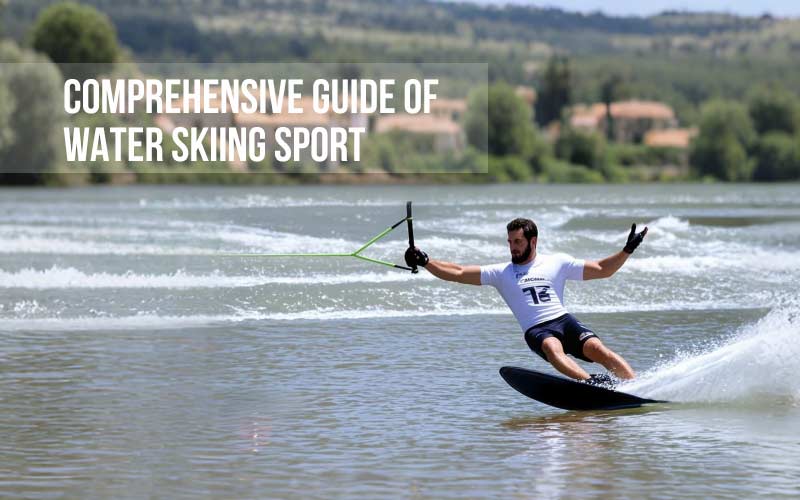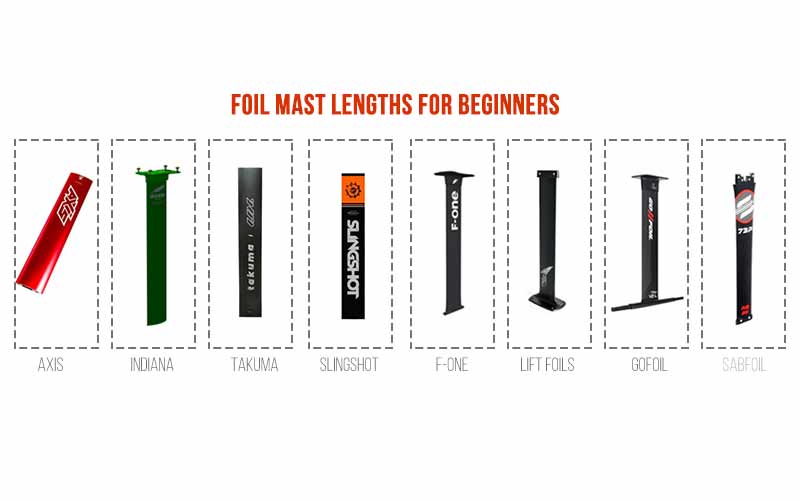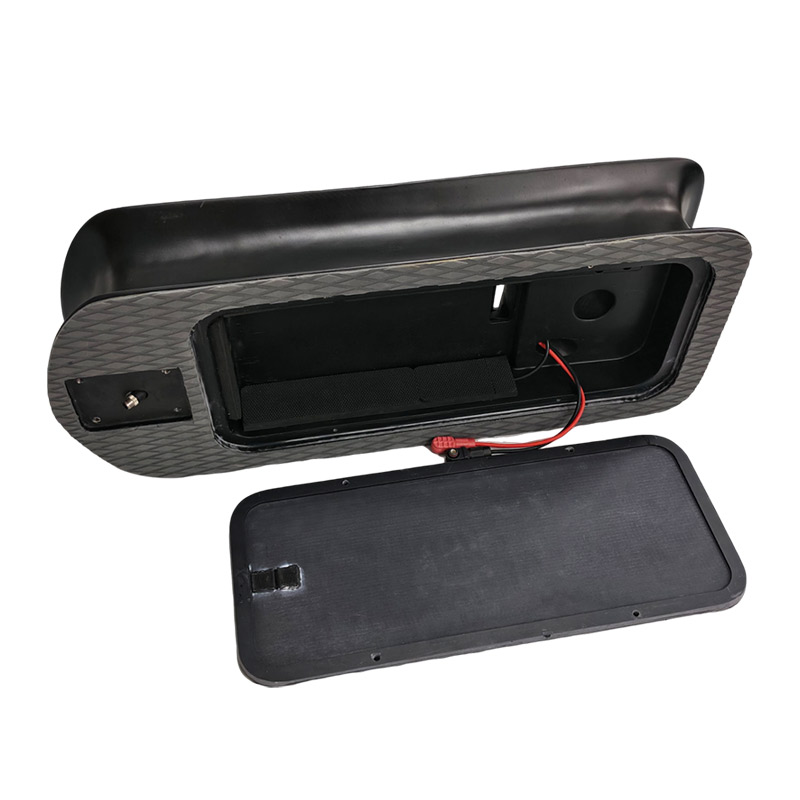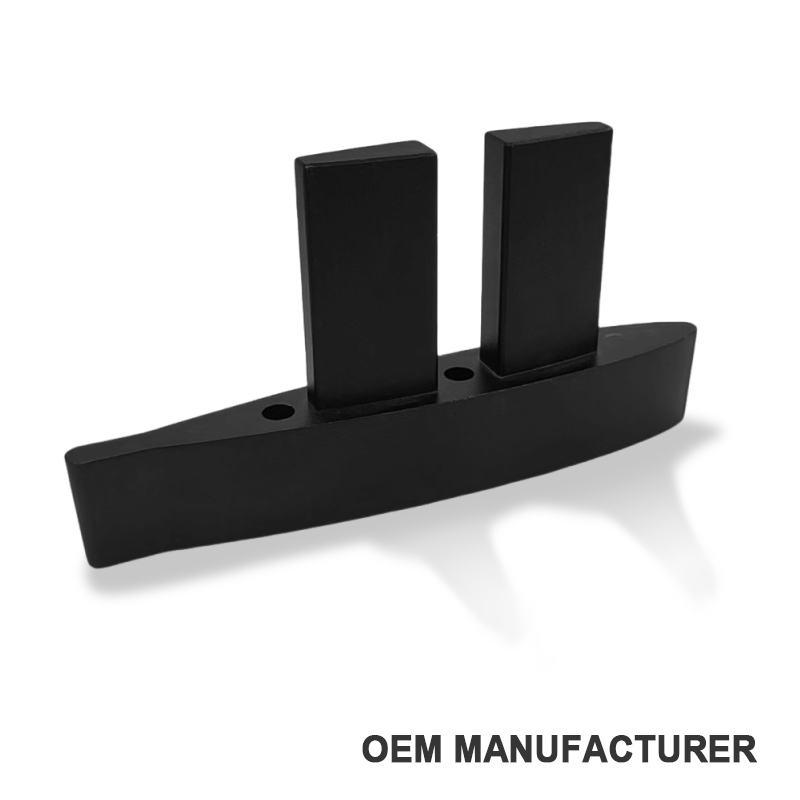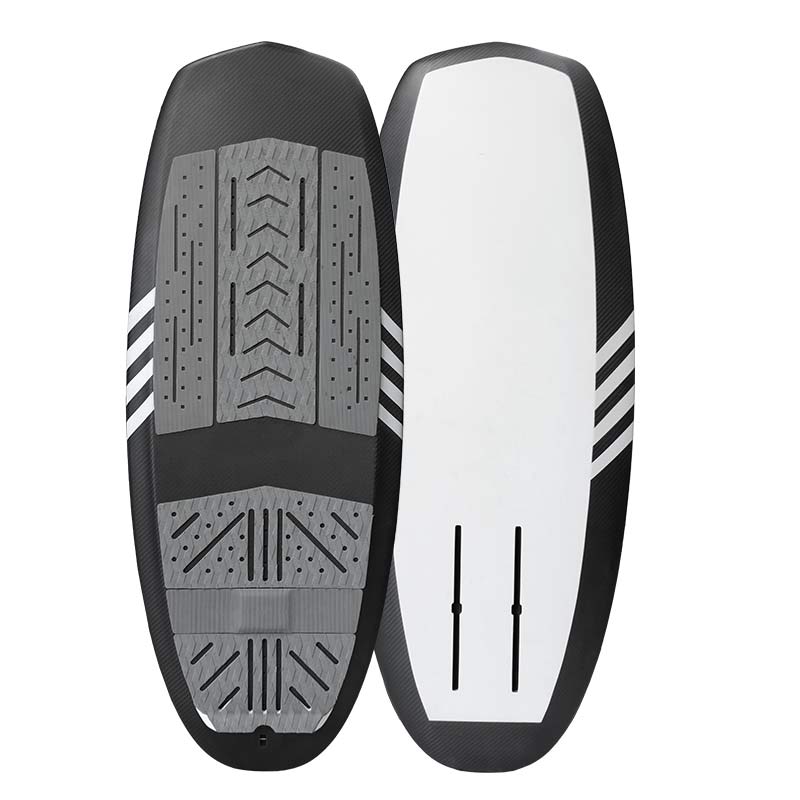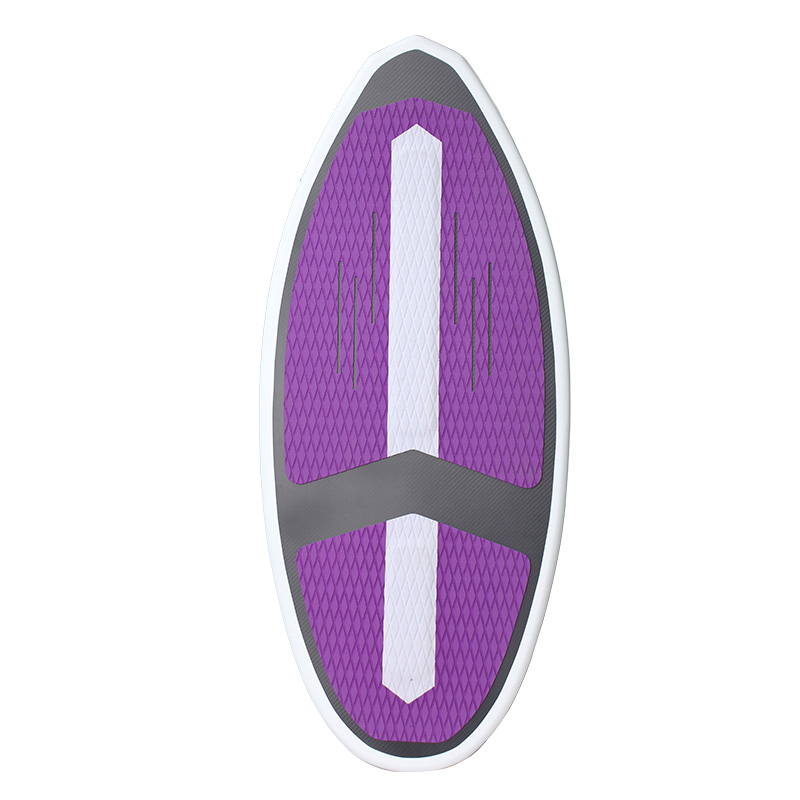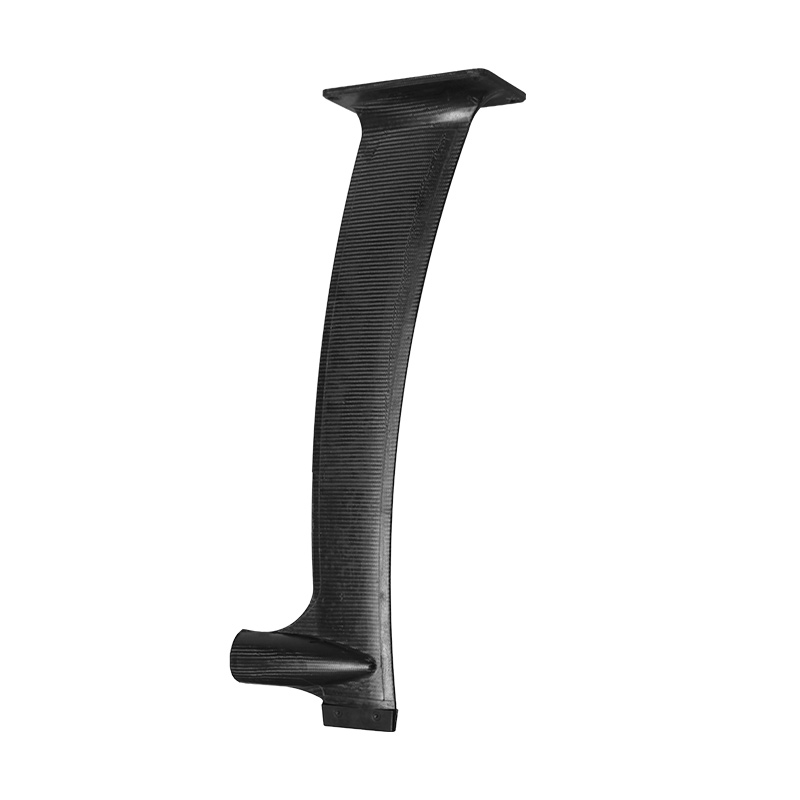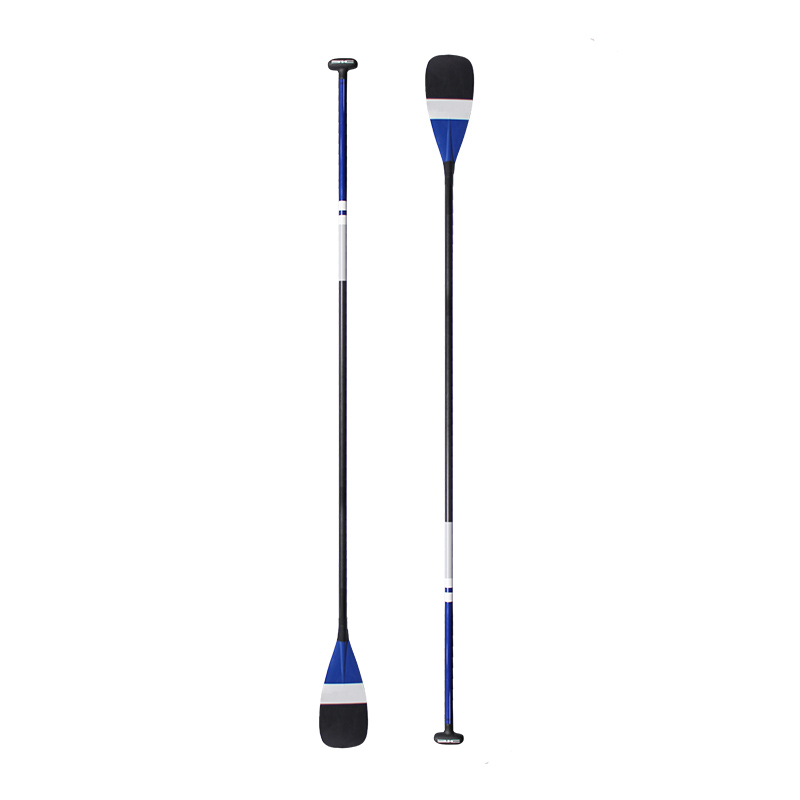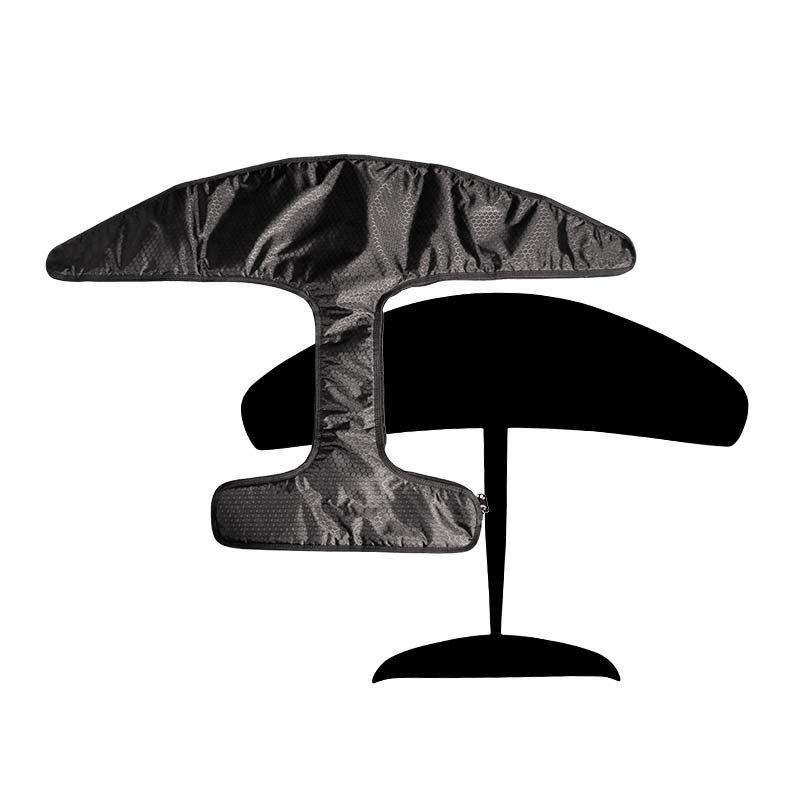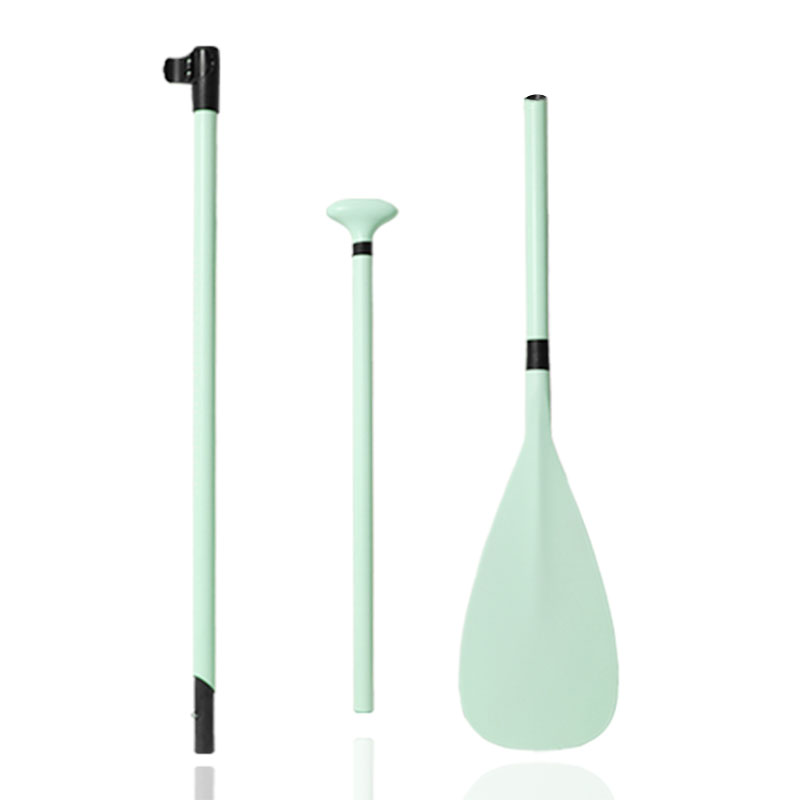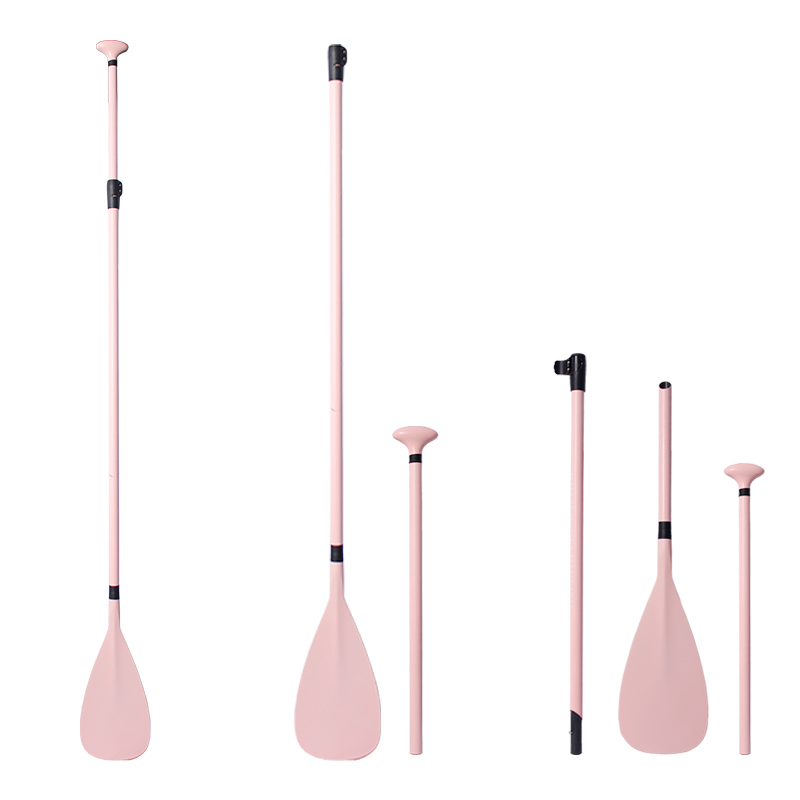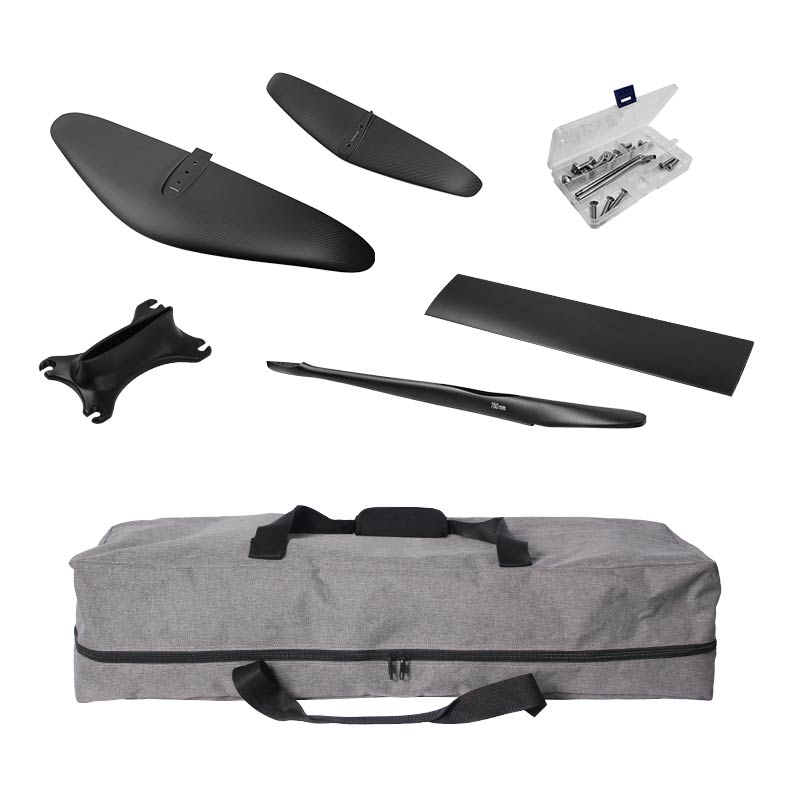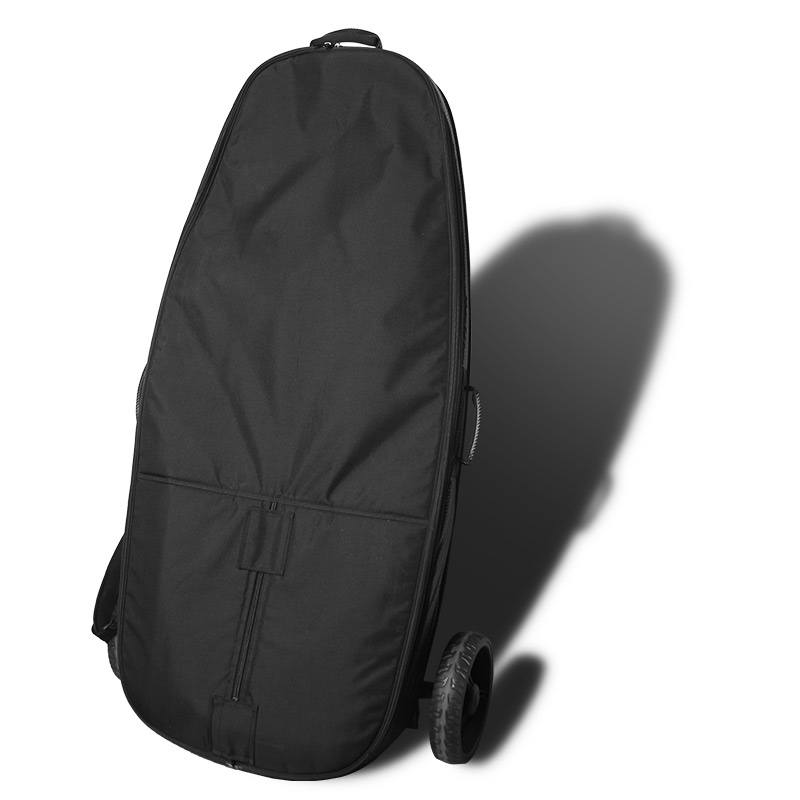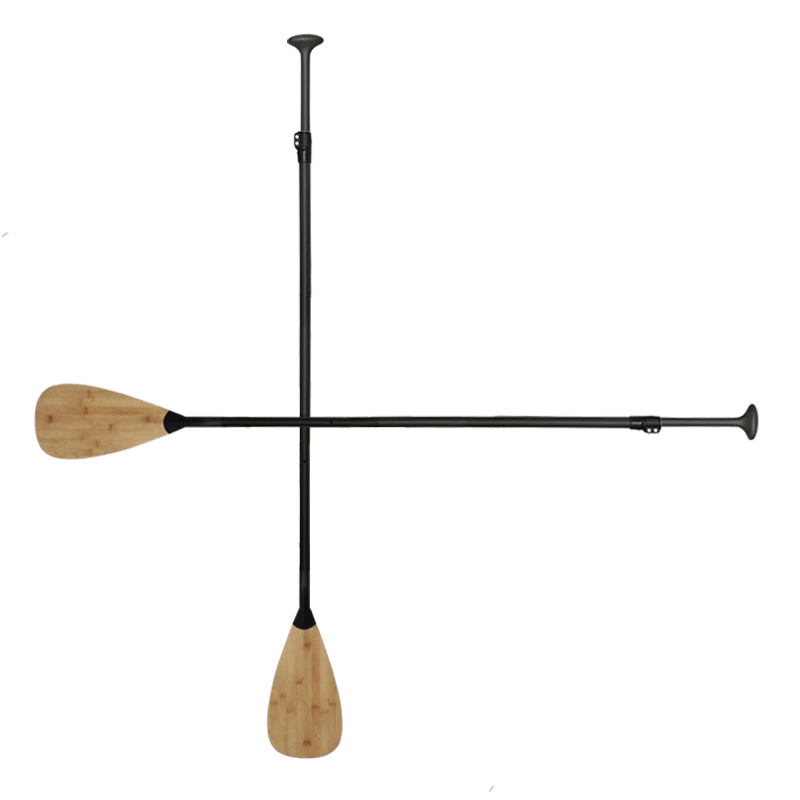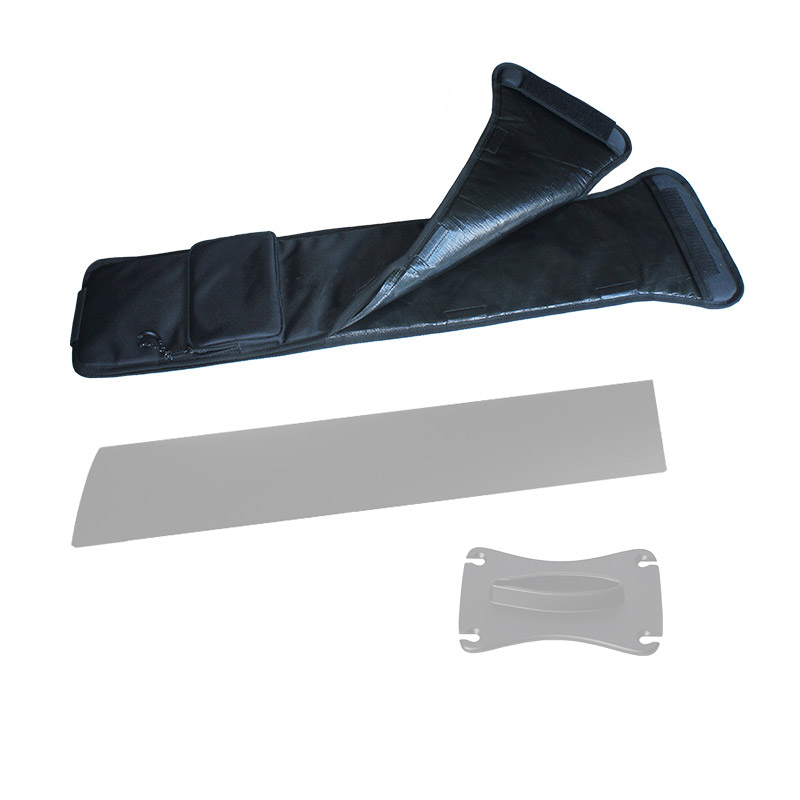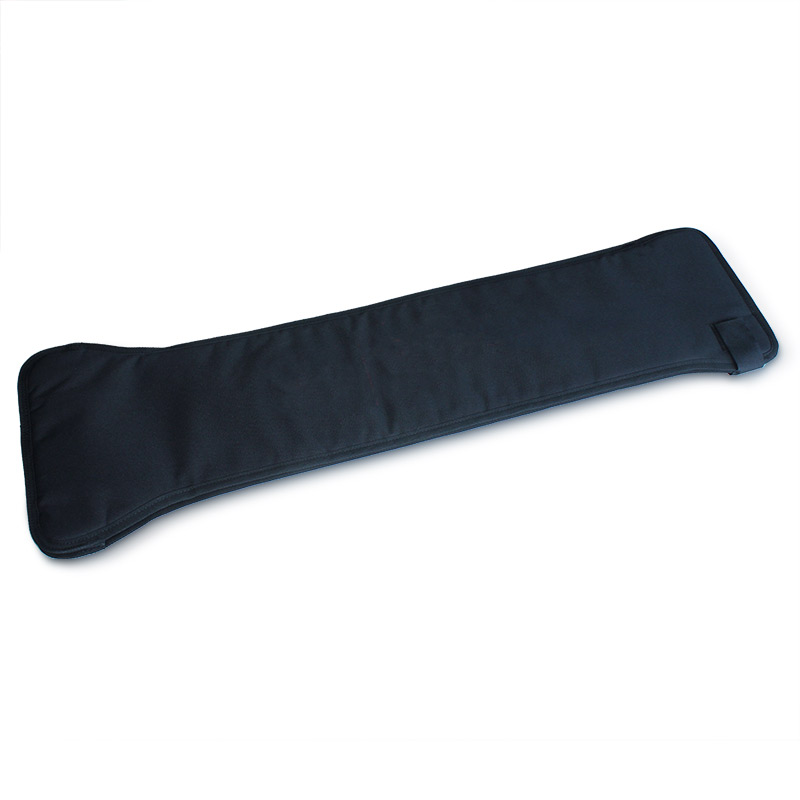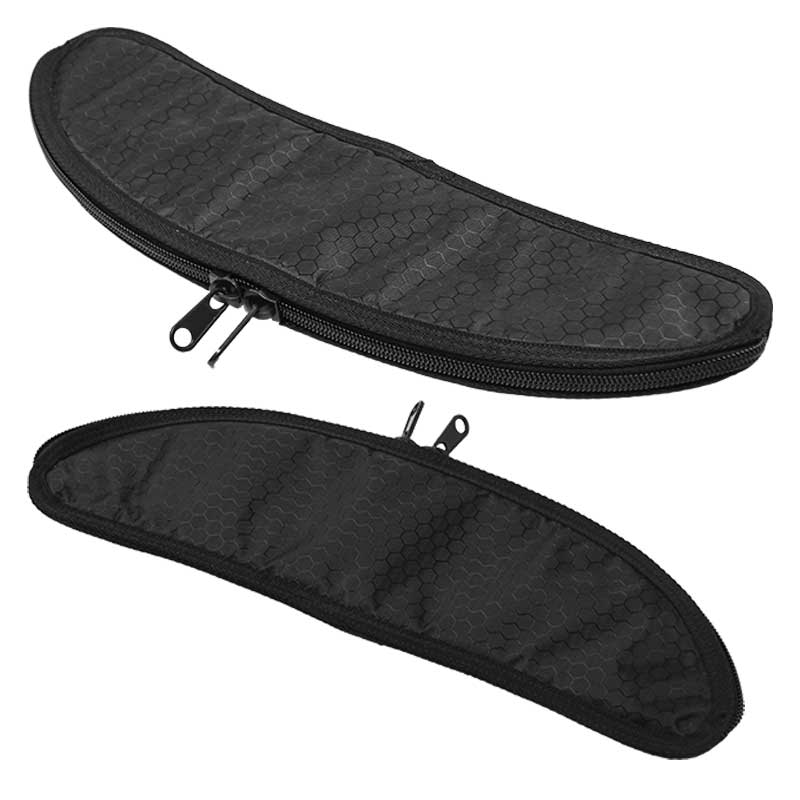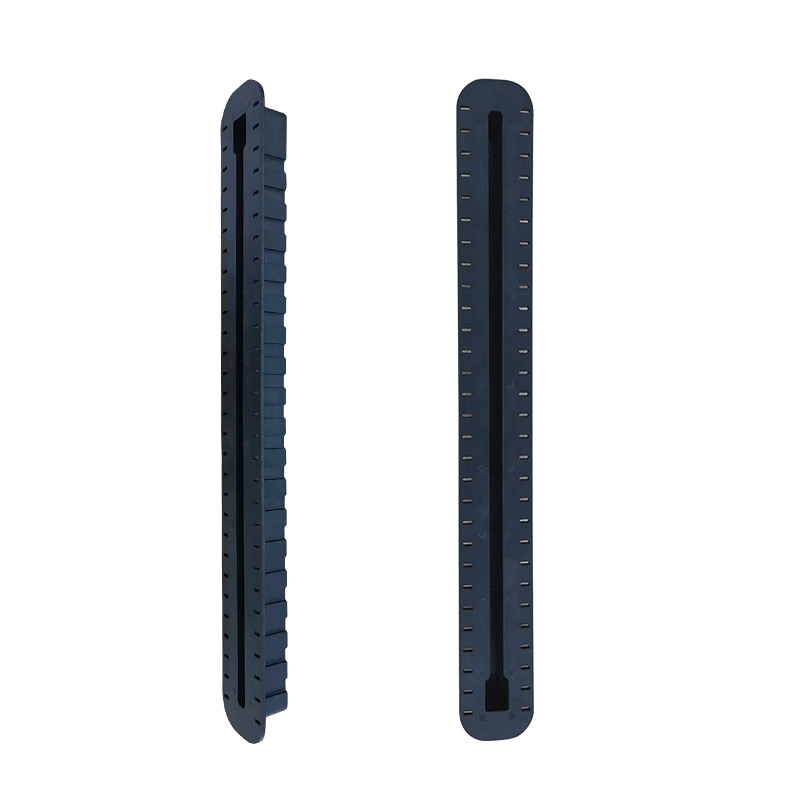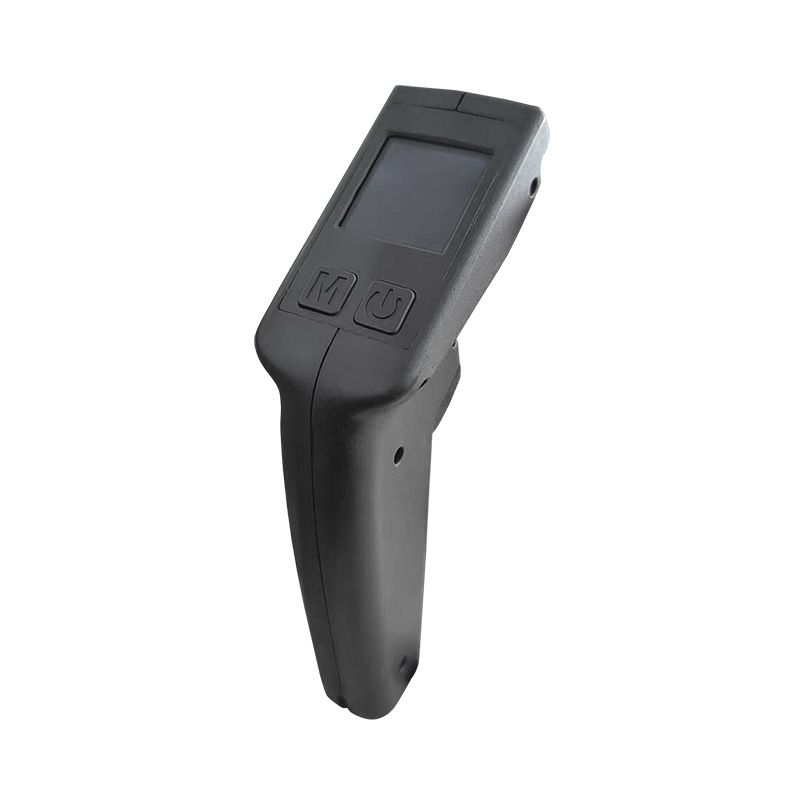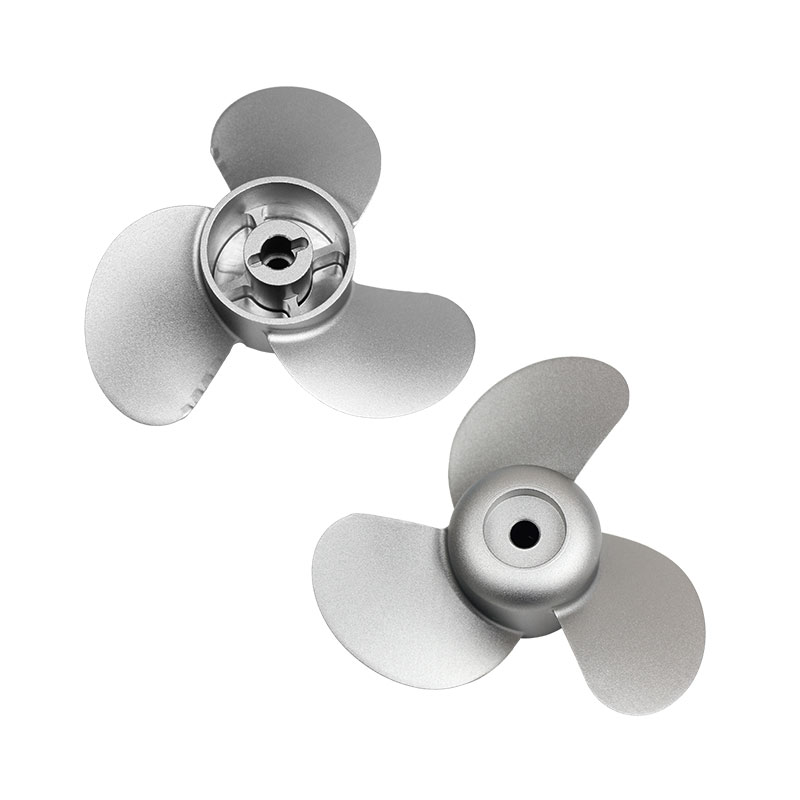In this guide, we’ll break down everything you need to know how to kite foil, especially during the summer when lighter winds make it the perfect time to learn. Generally, learning to foil was a lot harder than learning to ride a twin-tip kiteboard, but with the right approach, you can drastically cut down your learning time.
It took me about 30 hours over two years to learn twin-tipping, and 40 hours to get the hang of foiling. While both processes are challenging, foiling presented more of a physical and mental challenge due to the falls from higher altitudes on the foil. However, with the right gear, techniques, and dedication, you can learn to foil in under 20 hours.
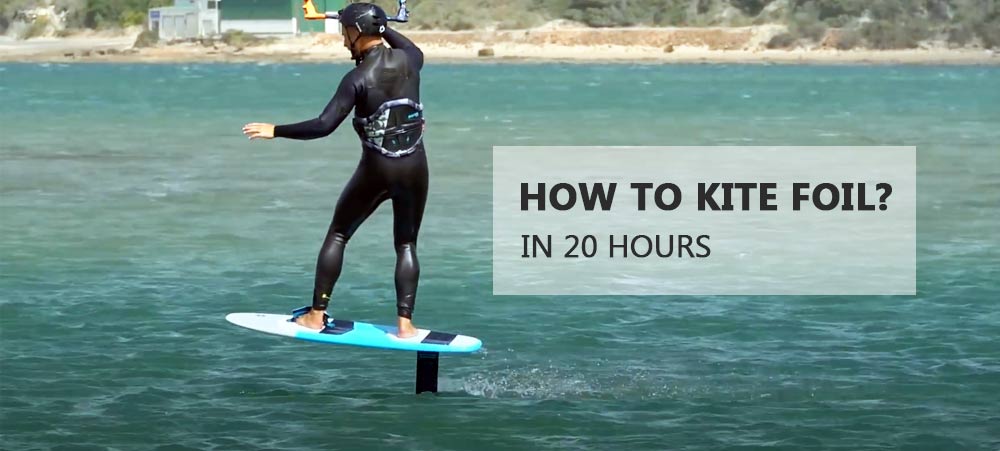
How to Kite Foil: Foundational Skills
When transitioning from twin-tipping to foiling, several foundational skills directly apply. By refining these skills, you’ll accelerate your progress and feel more confident about how to kite foil. Here’s a deeper look at the essential skills to focus on.
1. Staying Upwind
One of the most critical skills about how to kite foil in both twin-tipping and foiling is maintaining the ability to stay upwind. This not only enhances your control but also helps manage your speed and position on the water. Key techniques include:
- Sheeting in effectively: Use your kite’s power to generate the lift and speed you need.
- Steering for power: Master the movement of your kite by flying it in figure eights or sine patterns to optimize speed and efficiency.
- Edging and releasing: Lean against your kite’s pull with your board edge while understanding when to release pressure for control. For foiling, this skill transitions into using the foil’s lift to hold your position upwind.
2. Riding Toe-Side
Foil boards often require fluid transitions between heel-side and toe-side riding, especially during maneuvers like jibes or carving. To master this:
- Practice riding toe-side on a twin-tip to build muscle memory and balance.
- Focus on body alignment: Keep your upper body open to the direction you’re traveling, and let your hips guide the turn.
- Gradually experiment with weight distribution, as toe-side riding on a foil requires subtle adjustments to avoid breaching the foil.
3. Downloop Transitions
Downloop transitions are indispensable for maintaining momentum during lighter wind sessions and achieving smooth carving turns. This skill also sets the foundation for advanced transitions on a foil. Tips for mastering downloops about how to kite foil:
- Timing is key: Initiate the downloop at the right moment, ensuring the kite creates a smooth pull through the transition.
- Body positioning: Stay centered over your board and keep your kite low for stability.
- Commit to the turn: Trust the kite to provide steady pull as you transition, and shift your weight fluidly from one edge to the other.
- Practice these with a twin-tip to build confidence before attempting on a foil.
These foundational skills aren’t just technical checkpoints—they’re vital for developing the control and confidence needed to ride a foil. Foiling amplifies the dynamics of kiteboarding, making even small mistakes more pronounced. By focusing on upwind riding, toe-side proficiency, and smooth downloops, you’ll be better prepared to handle the nuanced balance and responsiveness of a foil board.
How to Kite Foil: Essential Gears
Using the right gear can significantly improve your kite foiling experience, particularly when you’re just starting. This is the basic about how to kite foil. Here’s a detailed guide to what you should prioritize.

Front Foil Wing
The front foil wing is the most critical component of your foil setup, especially for beginners.
Choose a larger wing: Wings with an area of 1300–1500 square cm are ideal, offering increased lift and stability. Heavier riders may lean toward the upper end of this range. By the way, a shorter mast (60–75 cm) is also good for beginner. It can reduces the learning curve by providing more control and reducing the chances of falling hard from higher elevations.
Focus on stability: A foil with good lateral stability will help you maintain control and reduce the chances of porpoising (oscillating up and down uncontrollably). Larger wings create a smoother lift, allowing for more forgiving starts and steady progression.
If you are interested in the custom kite foil service, please don’t hesitate to contact us to get a quote.
Kite FoilBoard
Start with a larger board, as it makes water starts easier and provides more forgiveness if you fall off the foil. The board also plays a key role in helping you gain confidence during water starts and recoveries.
- Opt for a larger board: A board with a larger surface area provides more buoyancy, making water starts less challenging. It also offers greater forgiveness if you come off the foil unexpectedly.
- Consider volume and weight distribution: Boards with higher volume provide better floatation, which can be particularly useful in light wind or choppy conditions.
- Some Popular Kite Foil Boards such as Slingshot Dwarfcraft, F-one Pocket, Slingshot Alien, etc, which are popular for kite foiling.
Kite
A lighter kite is a must. Avoid using large five-strut kites, as they tend to fall out of the sky in light wind. Instead, use a three-strut or one-strut kite for more predictable drifting and easier handling. Selecting the right kite is crucial for maintaining control and efficiency, particularly in light wind conditions.
- Lightweight kites are key: Avoid heavy, large five-strut kites, as they can struggle in light wind and are harder to relaunch.
- Three-strut or one-strut kites are ideal: These kites are more responsive and offer predictable drifting, essential for smooth transitions and carving. They also excel in maintaining stability when the wind drops.
- Size considerations: Choose a kite size appropriate for your weight and typical wind conditions, ensuring it provides enough power without being overbearing.
While these are the main gear components, don’t overlook essentials like harnesses, lines, and safety gear. Start with gear tailored for beginners to ensure a smoother learning curve and fewer setbacks. Upgrading to advanced setups can come later as your skills progress.
Before Kite Foil Surfing
Before diving into kite foil surfing, it’s essential to develop foundational knowledge and practical skills. These preparatory steps not only accelerate your how to kite foil but also ensure a safer, more enjoyable experience.
Theoretical Considerations
While twin-tipping and foiling share similarities, they have key differences:
- Edge Control: Foiling requires a more vertical stance, especially in the early stages. Unlike twin-tipping, where leaning back helps control the kite, foiling demands that you stay upright over the foil to maintain control.
- Kite Position: When learning to foil, you’ll keep your kite at 12 o’clock more than you would when twin-tipping. This creates a smoother, more predictable experience.
Training without the Kite
Before involving the kite, it’s helpful to practice without it:
- Jet Ski or Boat Training: Practice getting water starts, taxiing, and riding the foil. Focus on understanding how the foil moves and how to manage the board’s balance.
- Carrying the Foil: Carry the foil under your arm or over your shoulder to get comfortable with its size and weight. Learning proper foil management is crucial to avoid injuries when walking in or out of the water.
Water Start Tips
Once you’re ready to incorporate the kite, you’ll need to focus on water starts. Key tips include:
- Wind Strength: Start with a wind speed of at least 16-18 mph. Having enough power in the kite will make learning easier.
- Stay Compressed: Keep your knees up and your body low to maintain control.
- Roll Up and Get Vertical: Unlike twin-tipping, where you lean back to get up, foiling requires you to roll up and stay vertical, ensuring better control over the foil.
Taxiing Practice
Before attempting full flights, practice taxiing (riding with the foil submerged in the water). This helps you get used to the feel of the foil and board. Focus on:
- Weight Distribution: Lean forward on your front foot to maintain control and prevent the foil from popping out of the water.
- Control and Balance: Taxiing lets you practice maneuvering the board with the foil underneath without the pressure of trying to stay up.
Start Your First Flights
To generate speed for flying, there are three methods about learn to kite foil:
- Sheeting In: Pull in on the bar to gain power and speed.
- Edge Upwind: Lean into your front foot to build speed and pop up out of the water.
- Pumping the Foil: Use your legs to pump the foil and generate enough power to lift off.
Practice each method to see which one works best for you.

Learning to Stop
Stopping on a foil is trickier than you might think. Stopping safely while kite foiling requires a combination of kite control, body positioning, and foil management. To slow down:
1. Depower the Kite
Sheet Out: Gradually push the bar away from you to reduce power. This slows you down without destabilizing the foil.
Fly the Kite to 12 O’Clock: Moving the kite above you decreases forward pull and prepares you to slow down further.
2. Adjust Your Body Position
Shift Weight to Your Back Foot: Applying more pressure on your back foot increases drag and slows the foil.
Stay Balanced: Keep your body centered over the board to avoid sudden tipping.
3. Lower the Foil into the Water
Reduce Speed Gently: As you slow down, the foil will naturally sink. Avoid abrupt movements to prevent a hard landing.
Flatten the Board: Level the board on the water to transition from foiling to regular planing.
4. Touch Down Smoothly
Once the foil sinks, you’ll be riding the board on the water’s surface. Maintain control by keeping the kite steady and adjusting your stance.
5. Completely Stop the Board
Edge Slightly Upwind: Lean on your heels to use the board’s edge as a brake. This action reduces momentum and brings you to a stop.
Steer the Kite to Neutral: Keep the kite steady overhead or steer it slowly side to side to maintain balance while fully stopping.
6. Optional: Sit or Water Start Position
If you need to stop completely and rest, lower the kite, sit on the board, or transition to a water-start position to regain control.
Mastering Transitions
The key to smooth transitions is delicate kite movement. Start by:
- Slow Kite Movements: Gently push the bar to move the kite up to 12 o’clock before transitioning.
- Front Foot Pressure: Apply more front foot pressure than you think to maintain control during the transition.
- Stay Vertical: Think of the transition as a pivot rather than a deep carve. This helps keep you stable on the foil.
Once you master basic transitions, you can start experimenting with more advanced moves like carving turns.
Conclusion
Learning to foil may be challenging, but with the right approach, gear, and mindset, you can achieve success faster than you might think about how to kite foil. By following this step-by-step process, you can be out on the water while others are sitting on the shore. Don’t forget to have fun and keep pushing yourself to progress. And remember, the more you practice, the quicker you’ll get! If you found this guide helpful, feel free to give it a thumbs up or leave a comment if you have any questions or suggestions!

